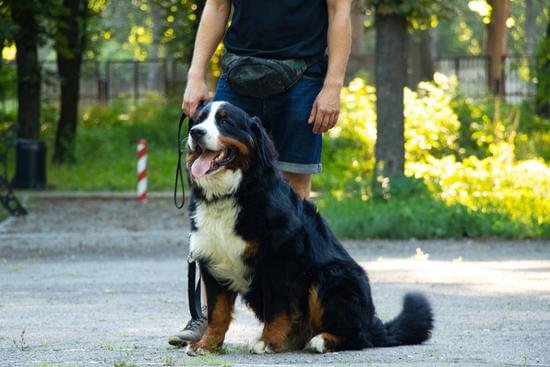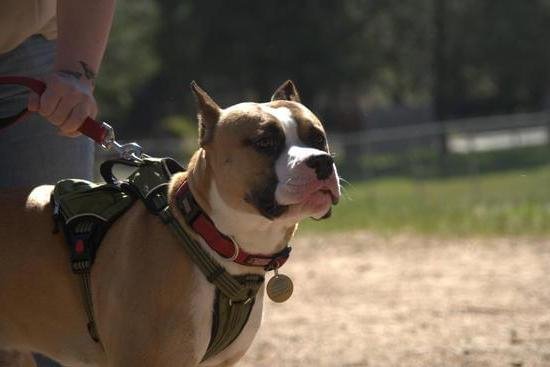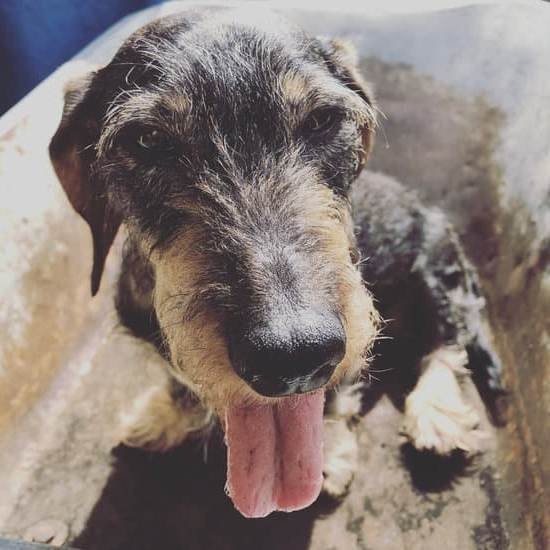How To Train Dog To Sleep In Crate At Night
In order to train your dog to sleep in their crate at night, you will need to establish a routine and stick to it. Start by putting your dog’s crate in your bedroom, so they can get used to being near you. During the day, start by putting your dog in the crate for short periods of time and gradually increase the time they spend in it. Reward your dog with treats and positive reinforcement when they behave in the crate. At night, start by putting your dog in the crate for a few minutes and gradually increase the time they spend in it. Once your dog is sleeping in their crate through the night, you can move the crate to another room.
How To Re Crate Train Your Dog
Crate training is an extremely effective way to train your dog and can be used for a variety of purposes, such as house training, preventing destructive behavior, and providing a safe place for your dog to stay when you’re not home.
The basic idea behind crate training is to provide your dog with a small, enclosed space that he or she can call their own. This space can be used to provide a sense of security and comfort, and can help to reduce anxiety in your dog.
When crate training your dog, it’s important to start out slowly and to be consistent with your commands. Here are a few tips for getting started:
1. Start by introducing your dog to the crate. Place the crate in a quiet and comfortable area of your home and put a few treats inside. allow your dog to explore the crate on their own.
2. Once your dog is comfortable with the crate, begin to teach them how to enter and exit the crate. You can do this by placing a treat just inside the crate and encouraging your dog to go inside to get it. Once your dog is comfortable going into the crate, start to close the door for a few seconds at a time, gradually increasing the amount of time that the door is closed.
3. Once your dog is comfortable going into and out of the crate, start to use the crate as a place to put your dog when you’re not home. Start by putting your dog in the crate for short periods of time and gradually increase the amount of time that your dog spends in the crate.
4. If your dog has any accidents in the crate, don’t get angry or punish them. Simply clean up the mess and continue crate training as usual.
If you’re consistent with your crate training commands and take things slowly, your dog will soon learn to love their crate and will be happy to spend time inside.
What Does Crate Training A Dog Mean
?
Crate training a dog means teaching the dog to go into a crate and stay there until released. The crate can be used as a place of confinement when the owner is unable to watch the dog, as a bed, and as a place to keep the dog safe when travelling.
The crate should be just large enough for the dog to stand up, turn around, and lie down in. If the crate is too large, the dog may use one end as a bathroom and the other end as a bedroom.
To crate train a dog, put the crate in a quiet, familiar place in the house and put some soft bedding in the crate. Encourage the dog to go into the crate by putting treats, food, or a favorite toy inside. Once the dog is in the crate, praise him and close the door.
If the dog cries or barks in the crate, do not let him out until he is quiet. This may take a few minutes, but eventually the dog will learn that he will only be released from the crate if he is quiet.
When the dog is comfortable staying in the crate for short periods of time, start leaving him in the crate for longer periods of time. Gradually increase the amount of time the dog spends in the crate until he is able to stay in the crate for 12 hours or more.
How Long Does Crate Training A Dog Take
?
Crate training a dog is a process that can take a few days or a few weeks, depending on how quickly your dog adjusts to the concept of the crate and how consistent you are with the training.
The basic idea behind crate training is that dogs are den animals and feel secure in a small, enclosed space. By providing your dog with his own “den” in the form of a crate, you can help him to feel safe and secure in his environment.
When crate training a dog, you should begin by putting the crate in a quiet, safe place in your home where the dog can’t see or reach anything he might chew on or get into. You should also make sure that the crate is big enough for the dog to stand up, turn around, and lie down in comfortably.
Next, put a soft blanket or towel in the crate and put your dog’s food and water bowls inside. At first, leave the door to the crate open and let the dog explore it on his own. Once the dog is comfortable going into and out of the crate, you can start to close the door for short periods of time.
If the dog starts to whine or bark when the door is closed, don’t open it right away. Wait a few minutes and then try again. If the dog continues to whine or bark, you may need to put him back in his pen or outside until he calms down.
Once the dog is comfortable spending short periods of time in the crate with the door closed, you can start to leave him there for longer periods of time. However, you should always make sure that the dog has water and access to his food bowls.
Crate training a dog can be a frustrating process, but it’s worth it in the end. With patience and consistency, you can help your dog learn to love his crate and feel safe and secure inside.
How To Crate Train An Old Dog
There are a few things to consider when crate training an old dog. The first is that an old dog may not have the same level of energy as a young dog, so you may need to adjust the training schedule to match the dog’s abilities. The second consideration is that an old dog may have some physical limitations that will need to be taken into account. The third consideration is that an old dog may have some behavior issues that will need to be addressed.
The first step in crate training an old dog is to introduce the dog to the crate. You can do this by putting a treat or toy in the crate and letting the dog explore on its own. Once the dog is comfortable going in and out of the crate, you can start to use the crate as a place for the dog to sleep.
The next step in crate training an old dog is to train the dog to go into the crate on cue. You can do this by saying “kennel” or “crate” and giving the dog a treat when it goes into the crate. Once the dog is responding consistently, you can start to use the crate as a place to put the dog when you are not able to watch it.
The final step in crate training an old dog is to train the dog to stay in the crate for a period of time. You can do this by gradually increasing the amount of time the dog spends in the crate. If the dog starts to bark or whine, you can calmly say “kennel” or “crate” and give the dog a treat when it stops.
“

Welcome to the blog! I am a professional dog trainer and have been working with dogs for many years. In this blog, I will be discussing various topics related to dog training, including tips, tricks, and advice. I hope you find this information helpful and informative. Thanks for reading!





